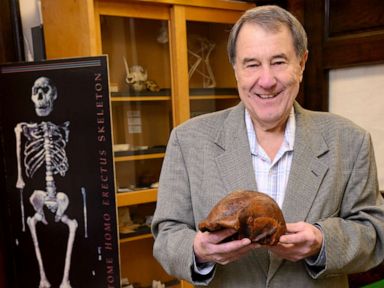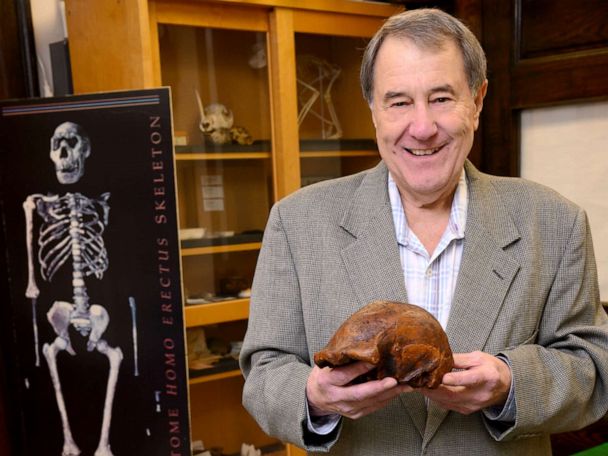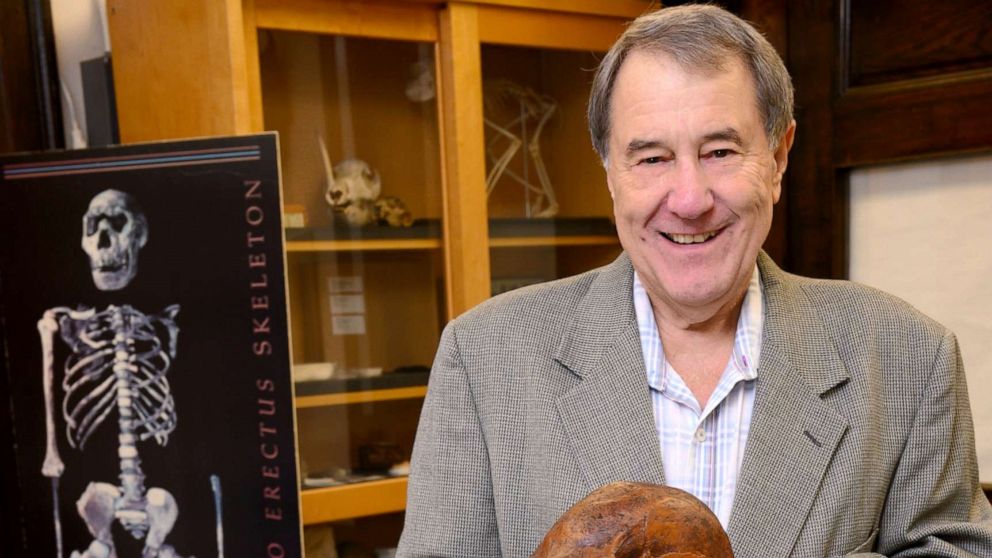





Homo erectus died out when the climate changed from woodland to rain forest.
Homo erectus, or the first humans to walk upright, lived longer than we previously thought, according to new research.
In the 1930s, two lower leg bones and 12 skull caps were discovered in Ngandong, in Java, Indonesia. Using new technology, researchers have been able to more precisely date the fossils and place their age between 108,000 and 117,000 years old.
Those findings were published in the journal Nature this week
“Ngandong is the youngest known Homo erectus site in the world, and dating this site provides insights into the extinction of one of our direct ancestors,” said Russell Ciochon, coauthor of the Nature article and a professor at the University of Iowa.
Ciochon, a paleoanthropologist, started working in Java because numerous volcanoes, combined with the high number of Homo erectus fossils on the island, made his findings easier to date than previous research he did into human evolution in China.
The project, which began in 2006, included excavating 867 fossils over the course of 13 years.
In the end, Homo erectus met their match when they were unable to adapt to the changing climate, and likely died out when their environment transitioned from an open woodland to a hotter, wetter rain forest.
“I believe we have finally ended the debate about the age of the Ngandong,” Ciochon said.

